8 Important Techniques to Improve Crop Productivity in Agriculture
Crop yield has been one of the major concerns to farmers for a very long time. Farming efficiency always depends upon the average crop yield obtained per acre of land. Efforts have been made since ages to increase crop productivity in agriculture, today, in addition to the age-old practices there is a need to adapt various other important techniques for increasing crop productivity to meet the requirement of increasing population.
What could be done to increase crop yields?
It is important to note that a crop yield is determined by a number of factors like the soil, seeds, and planting procedures. Now let's take a look at some of the most successful techniques for farmers to boost crop yields, and how various techniques can be combined to improve agricultural performance.
1. Quality seeds
Quality seeds play a vital role in crop production, it is very important for the farmer to maintain the quality of the crop in order to get better market prices, and quality harvest always depends upon the seeds that farmers use. It would be easier for a farmer to analyze the production capacity if he understands what seeds he is using. It is therefore always recommended to use certified seeds purchased from the reputed company.
When it comes to seeds, after quality, seed treatment is one of the important components which should not be neglected in order to increase the percentage of germination. For example, seed treatment with biological agents like Trichoderma viride, Pseudomonas fluorescens and Bacillus subtilis protects seeds and seedlings against seed and soilborne diseases which ultimately results in higher germination thus providing greater yields.
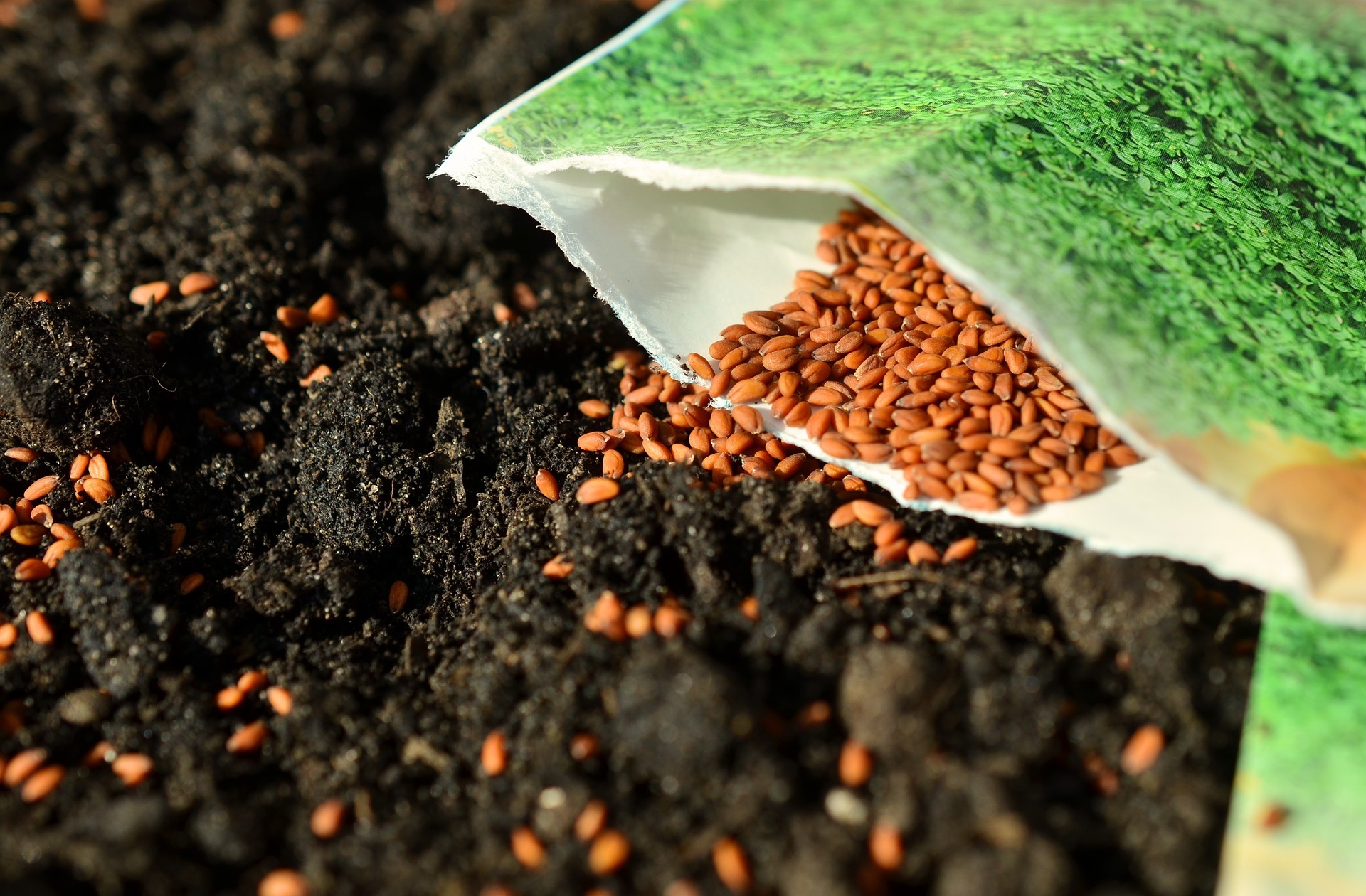
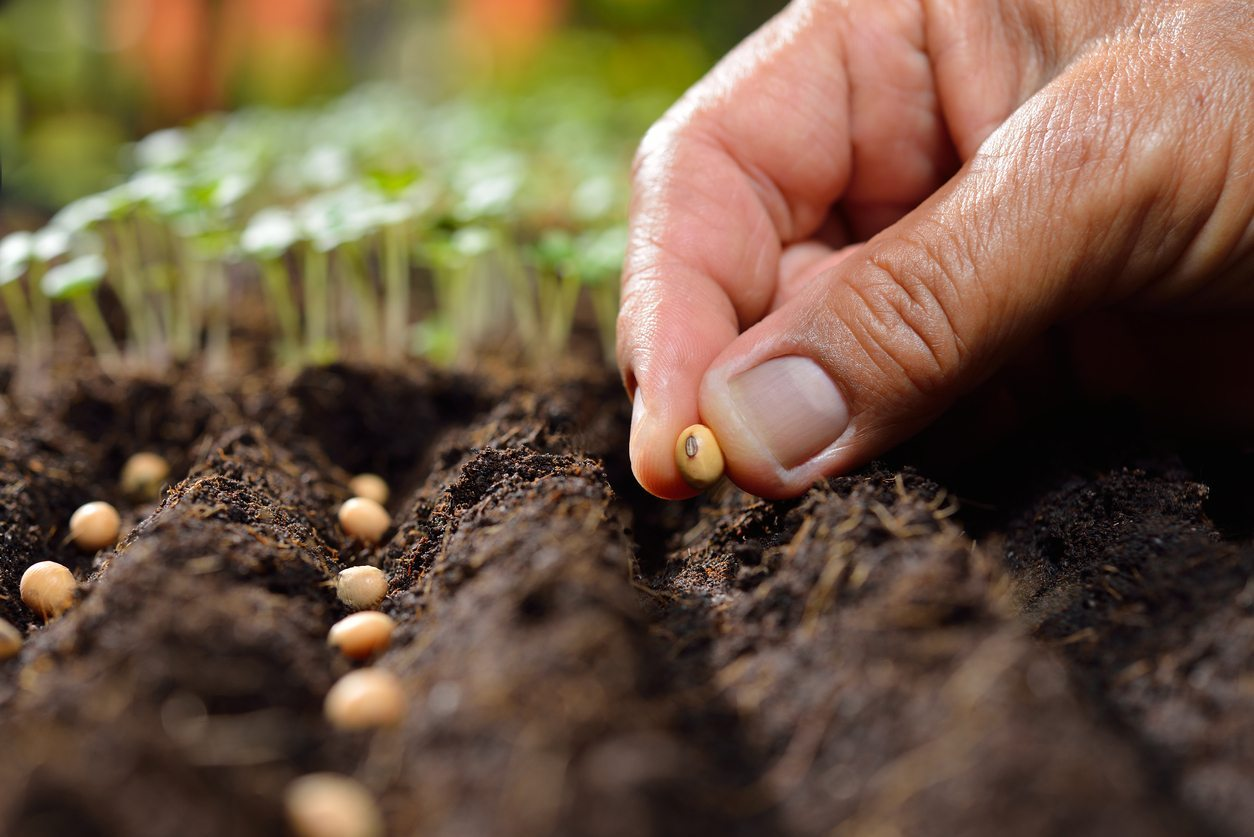
2. Sowing Time
Choosing the right time for sowing is the most important aspect of crop production. Please note that the sowing time is different for different crops. Most of the vegetables and field crops are sown in June (kharif season crop) and extend till October, on the other hand, Rabi season crops are sown from August to November and the crop comes to harvest in around March.
3. Sowing Methods
Once groundwork is finished, it's time to get your hands and start planting. There are few thumb rules which should be followed while planting:
Plant seeds 3-4 times as deep as the diameter of the seed. Cover the seeds with soil and thoroughly water them, ensuring that the seeds are not exposed to light.
For transplanting the young seedlings which is at three to four leaved stage to the main field, the hole should be dug twice the width of the root ball, place the root ball without disturbing the roots in the hole and cover with soil, it should be noted that the watering is done gently using rose cans until the seedlings recover from transplanting shock.
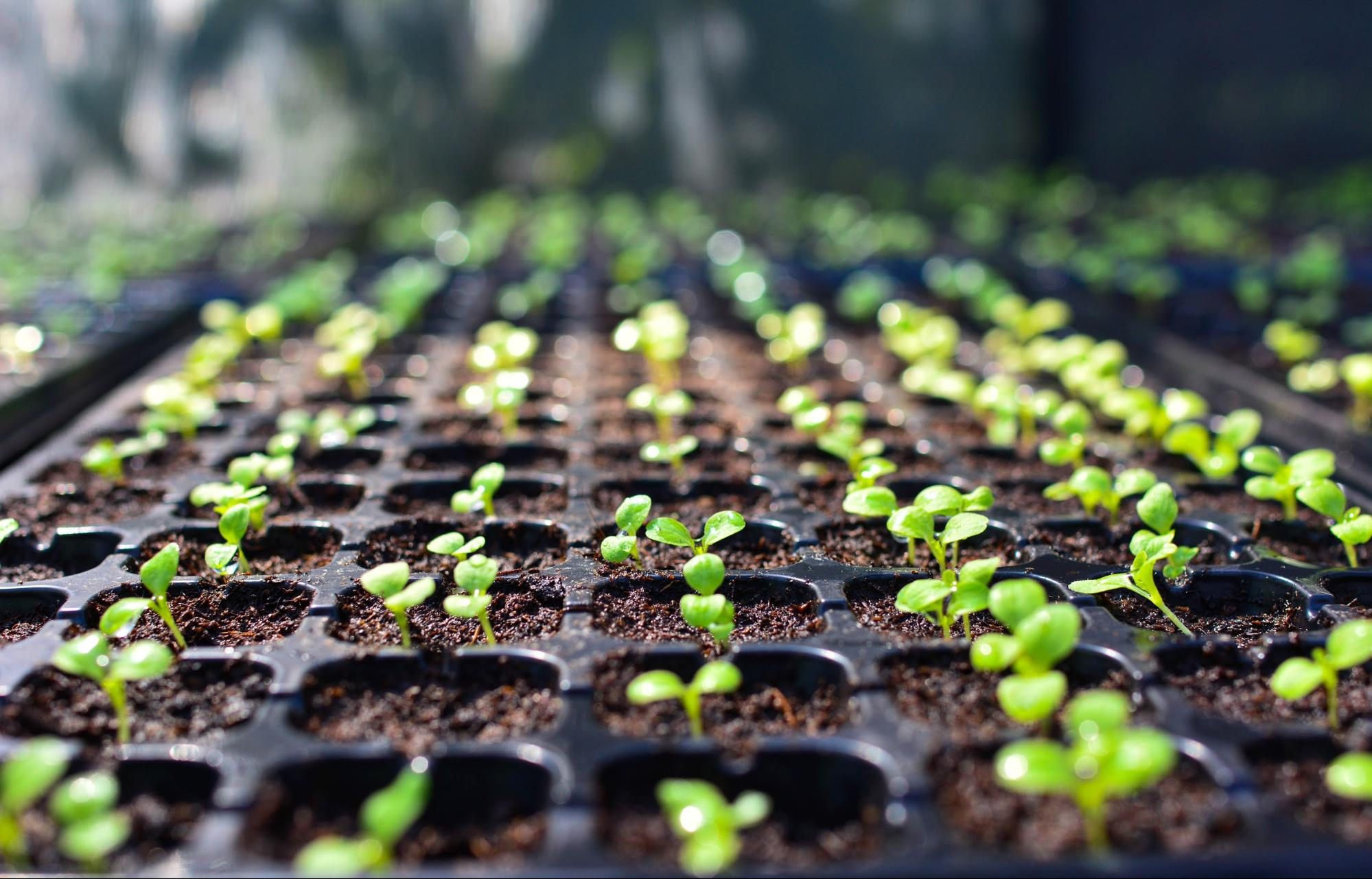
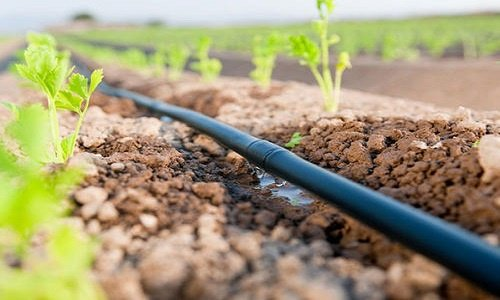
4. Farm Irrigation
The main aim of irrigating the field is to provide enough water for the crop to survive, over watering inturn may give rise to waterlogged conditions leading to the attack of various diseases, in severe cases it may even give rise to the death of the plants.
Plants at different stages require different dosages of water, the ideal way is to give slow irrigation where the soil gets moist about 3-4 inches beneath the surface.
Now-a-days farmers use different techniques to irrigate the fields, however, drip irrigation is a very efficient way to water your crops, since it delivers uniform water directly to the root zone of the plants thus helping in water saving.
5. Proper Application of Fertilizers
Crops, like humans, require essential nutrients in order to grow strong and healthy. Fertilizers provide nutrition to plants, it can either be organic or inorganic fertilizers, both supply the nutrients necessary for the growth and development of a crop, however inorganic fertilisers supply nutrients quickly, and organic fertilizers take a little longer .
If you are looking to fertilize your field, there is a need to identify what are the fertilizers which are already present in the soil, but how to identify them? Very simple and effective way to get the reliable result is to get your soil test done, YES, soil testing enables a farmer to identify which nutrient is present or absent in their field. A farmer can contact the local extension service to get the soil testing done. This might help in saving money .
Dosage is one major aspect in fertilizer application; both overuse and underuse of the product might contribute to problems. Excess fertiliser application might result in excessive growth and poor fruit yield. Excessive leaf growth can hold more moisture on the plant, which can increase disease pressure. Fertilizer that is applied insufficiently might result in unsatisfactory results, the accurate approach in field fertilization helps in maintaining soil health thus increasing the average crop yield per acre.
Urea,potash and phosphorus are the most used fertilizers in almost all crops wherein urea promotes growth, potash helps in increasing resistance and yield and phosphorus helps in root development.
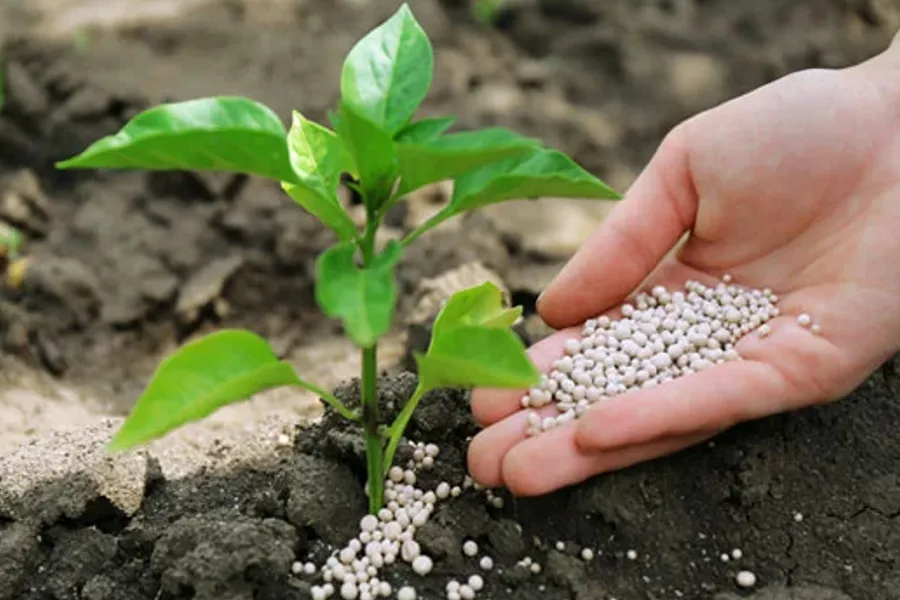
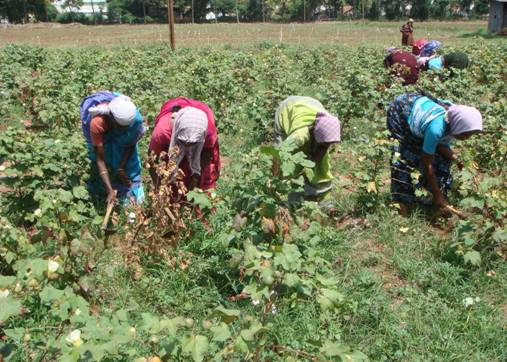
6. Field Scouting
The greatest and most rewarding gift you can offer to your field is proper plant care which refers to scouting. Scouting is the close examination of crop fields for detecting insect pests, weed population and crop performance. This will provide farmers a chance to identify weeds cropping up thus helping in early diagnosis of the agents which cause heavy crop losses.
7. Crop Protection (Pest and Weed Management)
It is important for farmers to identify the sign of damage, it may either be through insect pests, weeds, nutritional deficiency or be due to environmental conditions.
Yet another suggestion is to always maintain the field sanitization, since healthy crops are less likely to get infected when compared to crops which are stressed and posed to deficiencies.
Disease and pest management and weed management are major challenges faced by farmers during the development stage. If not managed in time Single weed can give rise to many weeds due to its fast multiplication capacity. Weeds compete with main crops for nutrition thus substantially decreasing the yield of the crop, manual weeding or spraying appropriate weedicides would decrease the weed population. Similarly there are different approaches to overcome pest and disease problems : selecting the tolerant varieties, seed treatments with fungicides and using healthy seeds. However, spraying suitable pesticides and fungicides for the given problem would solve the issue for a great extent.
If in doubt, It is always better to take certified expert advice to overcome the doubts, The agriculture experts provide right information timely and help farmers with a variety of farming-related problems, such as a strange plant disease or unidentified agricultural pests that may be harming your crop. Contact Jai ho kisan toll free for immediate assistance related to crop production and crop protection.
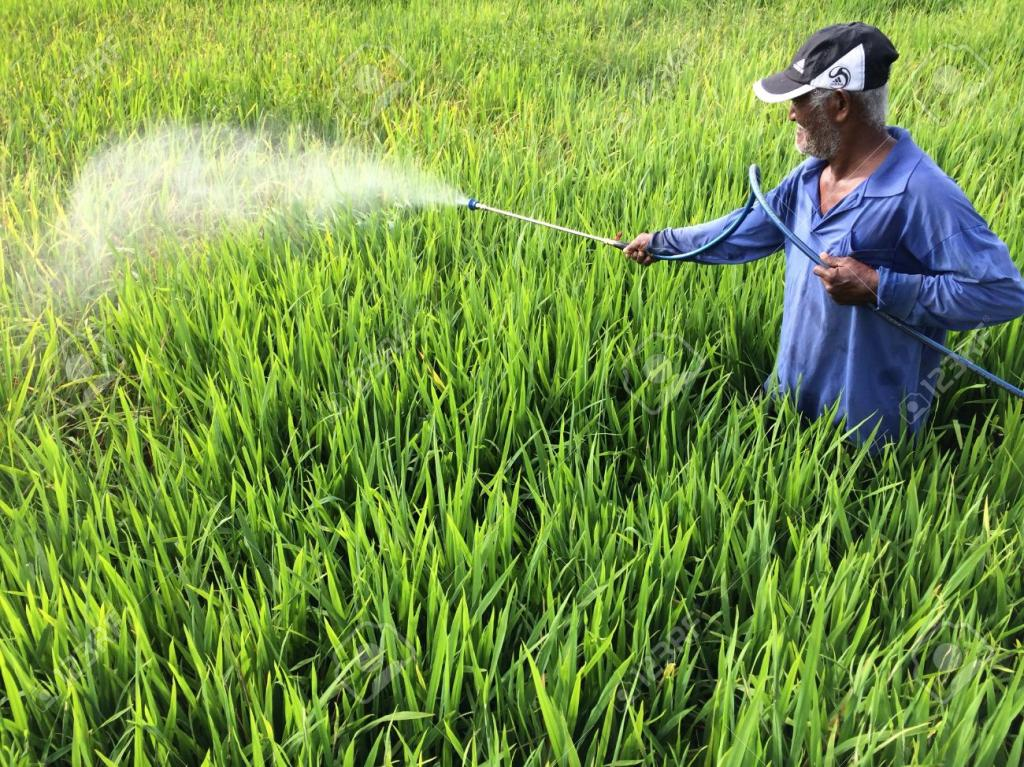
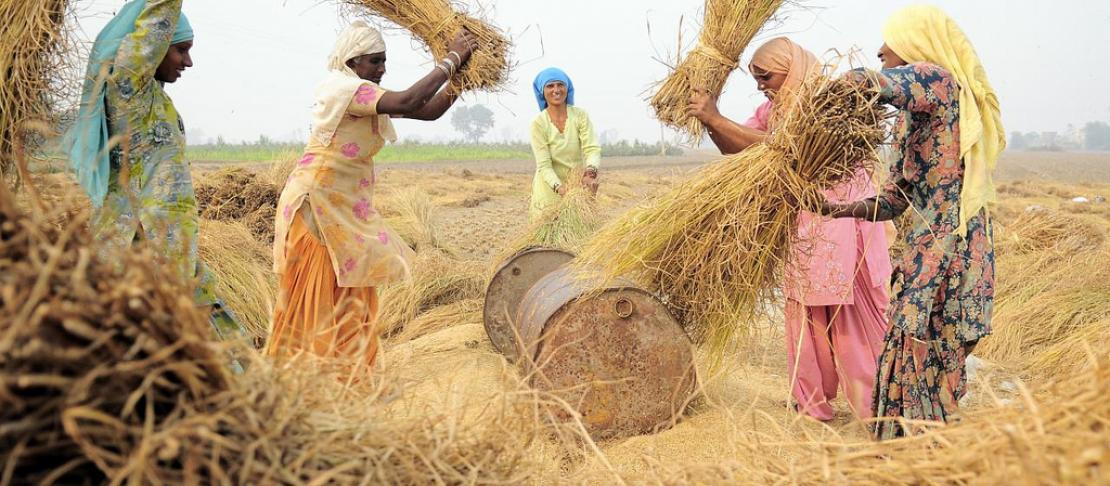
8. Crop Harvesting
Why is it important to have a proper harvest?
The ultimate goal of harvesting any crop is to increase the crop yield and decrease the crop losses. Harvesting can be done either manually with hands or knives, or mechanically using rippers, combine harvesters, or other instruments.
It is important for the farmers to follow several guidelines regardless of the method they adopt to ensure that harvest losses are kept to a limit Harvesting on a timely basis ensures good crop quality and market value, whereas harvesting too early or too late results in a higher percentage of unripe or immature/premature fruits, resulting in poorer yields. Farmers can use a number of ways to identify the best time to harvest, including moisture content of grains, sugar and nutritional content of fruits, visual qualities (colour, fragrance, size), counting of vegetative season days specific to each variety, and so on.
Provided all measures applied properly, the time and method of harvesting have a considerable influence on the quality and sustainability of the crops.
So, as you can see, increasing crop yields is not a difficult task provided all procedures are followed correctly , as discussed a farmer would be able to enjoy his harvest if everything is planned ahead ! for various other farming methods, download the Jai Ho Kisan app, Jai Ho Kisan is the mobile application envisioned to provide crop advisory services to farmers, in addition to crop advisory services farmers can also check updated market rates, information on schemes and policies, and weather updates thus helping farmer in planning their weather based farm operations.